Molten forces: Harry Allen and Esque combine glass and metal to novel effect

When Portland, Oregon-based glassblowers Andi Kovel and Justin Parker met Harry Allen at ICFF in 2005, they were surprised to hear that the New York design stalwart was a fan of their work. They shouldn’t have been. Rooted in functional, concept-based expressions that defy traditional notions of glass art, Kovel and Parker’s craft reflects their history at Brooklyn’s UrbanGlass—where they worked as artists-for-hire for the likes of Maya Lin, Kiki Smith and Matthew Barney before moving West and founding their studio, Esque.
Collaborative by nature, they asked Allen if he’d ever worked with glass. ‘I was doing all these cast objects, and they were making super sick shapes,’ Allen remembers. They joined forces to create the 'Grid Bubble' series, where ivory-coloured glass spills out of metal cages, and presented them at Allen’s then-new showroom in New York’s Lower East Side.
A decade later, their second collection builds on the first with simpler shapes that give way to gloriously strange results. On view at Heller Gallery, 'Harry Allen Esque' comprises some two dozen vases and lit sculptures, some hung from the ceiling with near-invisible wire. Glass was blown directly into circular, square and triangular cutouts of stainless steel, which constricts and supports each vessel to form a unified whole.
‘Metal is the complete opposite of glass: it’s hard, cold, and noisy, while glass is clean and soft,’ Kovel says. ‘We’ve managed to marry them in a way where they are totally interactive and dependent on one another.’
The objects were made two months ago in Esque’s studio. All three pairs of hands are visible in each: Parker, a master gaffer (the main glassblower), was in charge of blowing. Kovel picked glass colours and forms, while Allen chose the metal frame and suggested how it might hang. Glassblowing’s unpredictable nature produced a few hurdles. Instead of staying in place when put onto molten glass, the heavy metal frames kept sliding toward the bottom. The glass kept blowing into spheres, forcing the trio to decipher how to make it do other, more interesting things.
Once complete, the whole thing had to go into the annealer, an oven that cools the glass, which turned the metal a purply orange hue. ‘In glassblowing you start with an idea, but the process designs it,’ Kovel says. They named the pieces using acronyms of each piece’s formal characteristics: 'MSHP' (Medium/Square/Hanging/Peach), 'RSUTWP' (Rectangle/Square/U/Table/White/Persimmon), and so forth.
While people have blown glass into metal before, few have managed to chart new aesthetic territory. ‘The aesthetic almost comes from somewhere else,’ Allen concludes. ‘It has everything to do with us, and nothing to do with us. It’s the sum of all the parts we set up.’
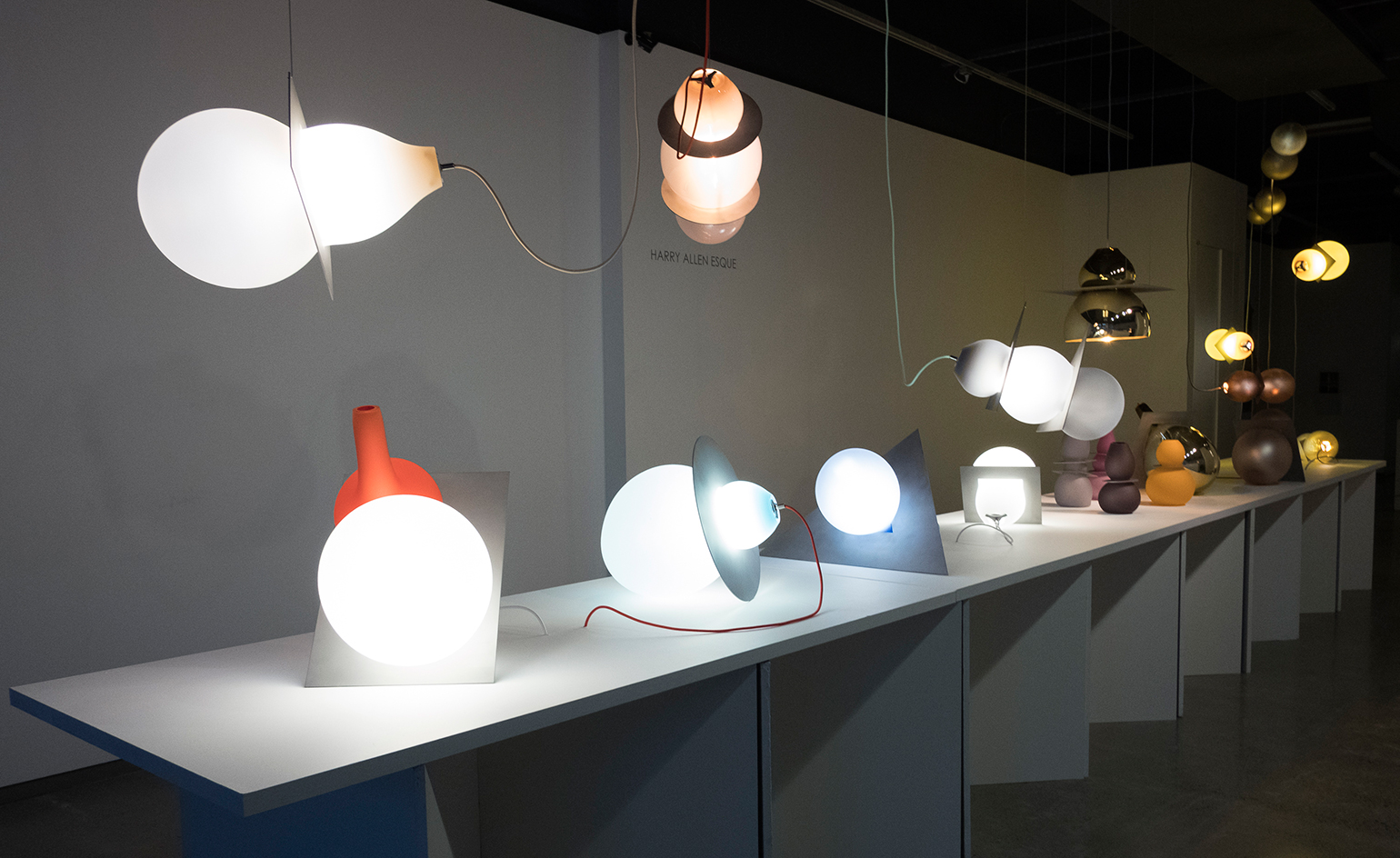
On display at New York's Heller Gallery, the pieces are made by blowing glass directly into circular, square and triangular cutouts of stainless steel, which constricts and supports each vessel to form a unified whole
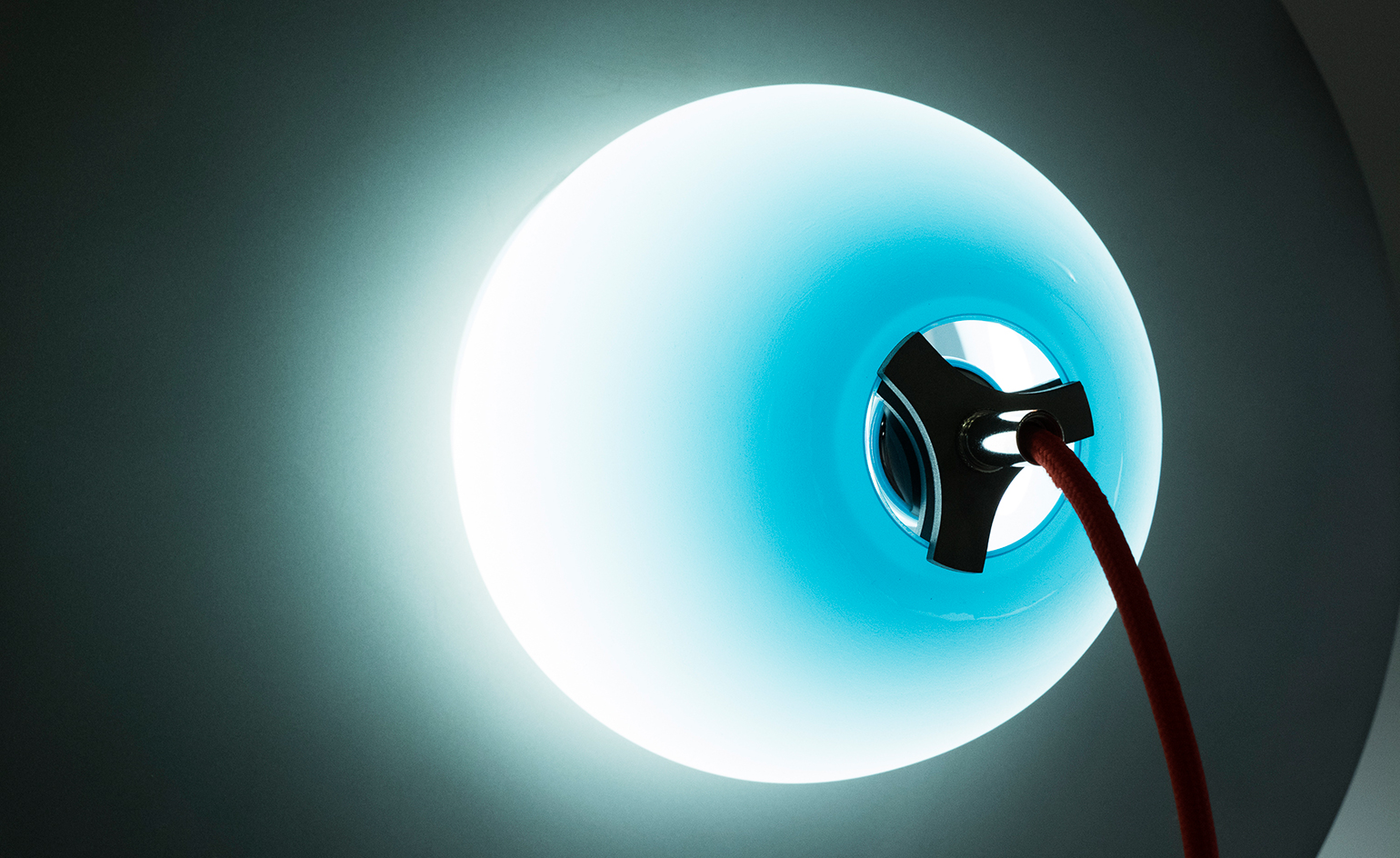
‘Metal is the complete opposite of glass: it’s hard, cold, and noisy, while glass is clean and soft,’ says Andi Kovel of Esque. ‘We’ve managed to marry them in a way where they are totally interactive and dependent on one another’
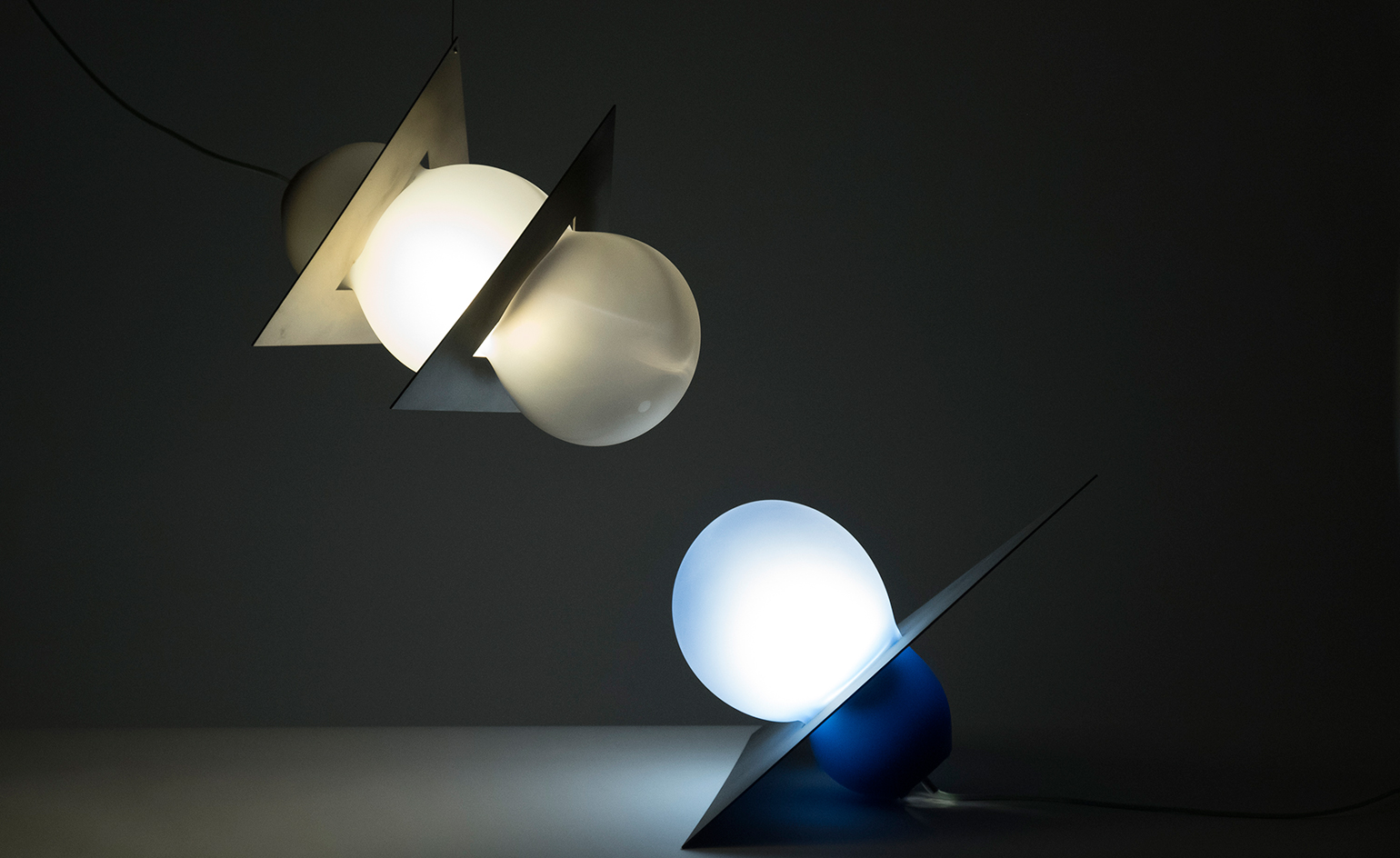
All three pairs of hands are visible in each: Parker, a master gaffer (the main glassblower), was in charge of blowing. Kovel picked glass colours and forms, while Allen chose the metal frame and suggested how it might hang
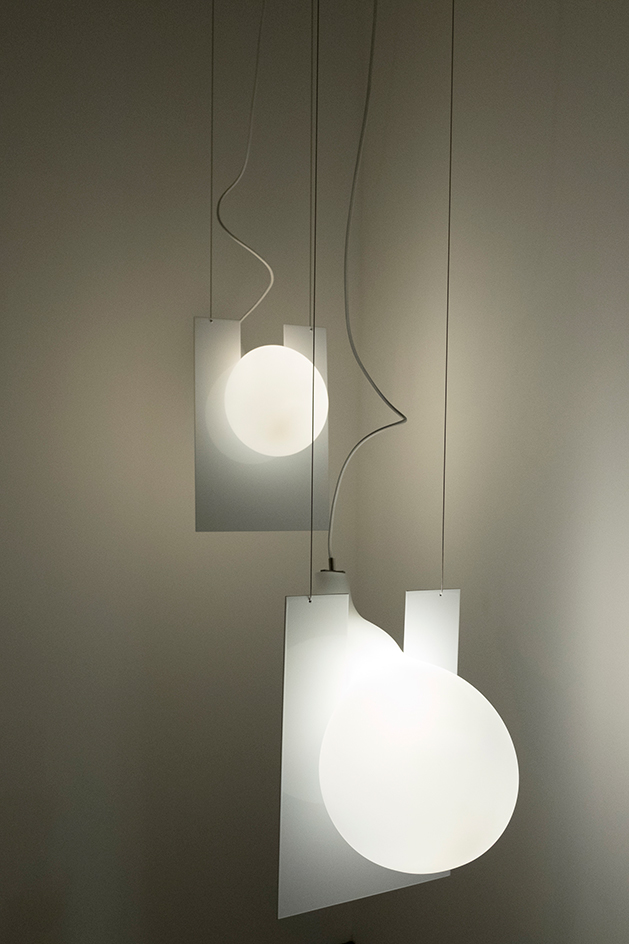
While people have blown glass into metal before, few have managed to chart new aesthetic territory. ‘The aesthetic almost comes from somewhere else,’ Harry Allen says. ‘It has everything to do with us, and nothing to do with us. It’s the sum of all the parts we set up’
INFORMATION
‘Harry Allen Esque’ is on view until 28 May. For more information, visit the Heller Gallery’s website
Photography: Rune Stokmo
ADDRESS
Heller Gallery
303 10th Avenue
New York, NY 10001
Receive our daily digest of inspiration, escapism and design stories from around the world direct to your inbox.
-
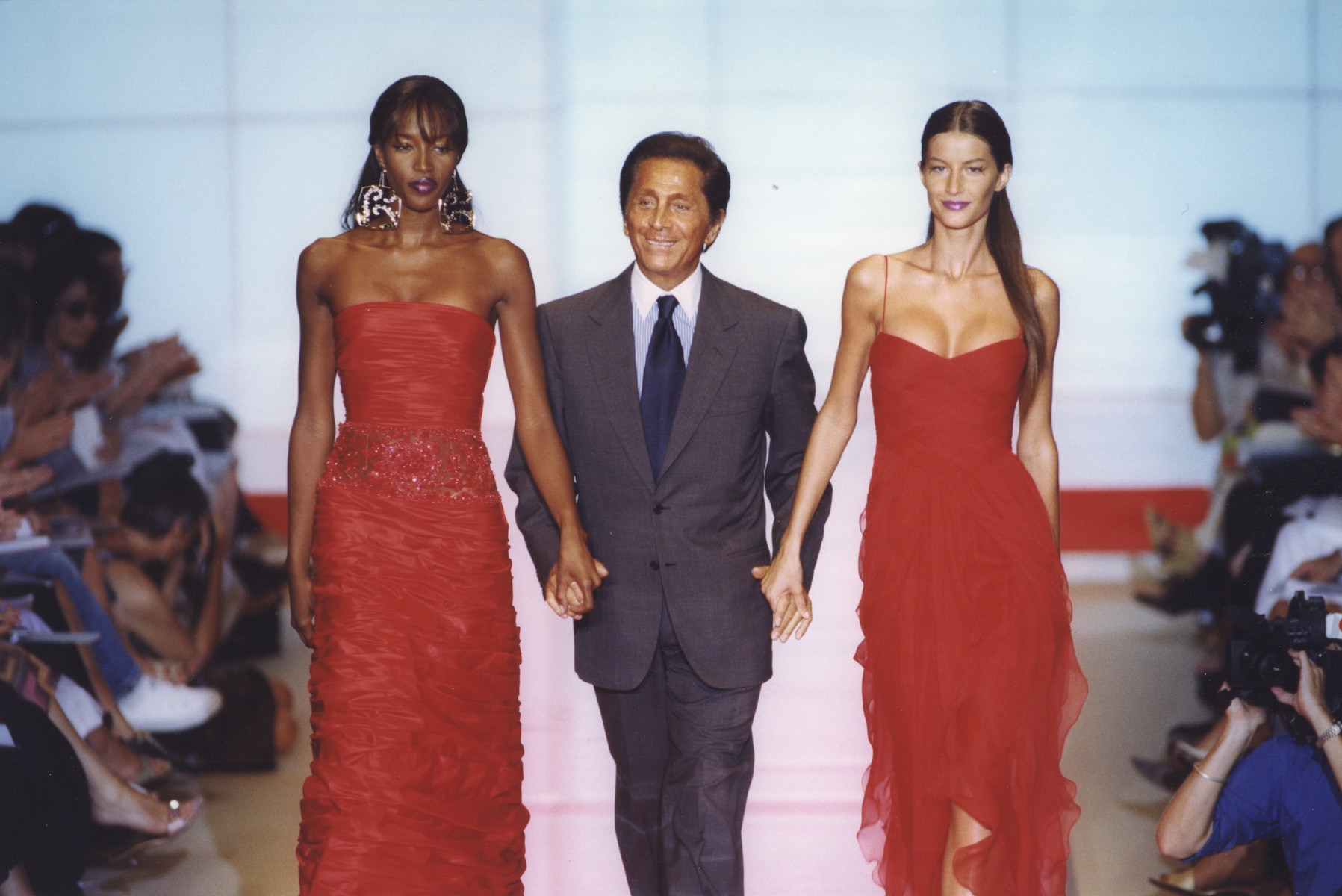 Remembering Valentino Garavani, master of Italian glamour (1932-2026)
Remembering Valentino Garavani, master of Italian glamour (1932-2026)‘The Last Emperor’ of fashion has passed away aged 93, it has been announced by his eponymous foundation today (19 January 2026). He will be remembered for his expressive vision of Roman glamour and cinematic muses
-
 The design reissues we loved from Paris Design Week
The design reissues we loved from Paris Design WeekWe bring you the best contemporary interpretations of historic design, fresh from Paris Design Week 2026
-
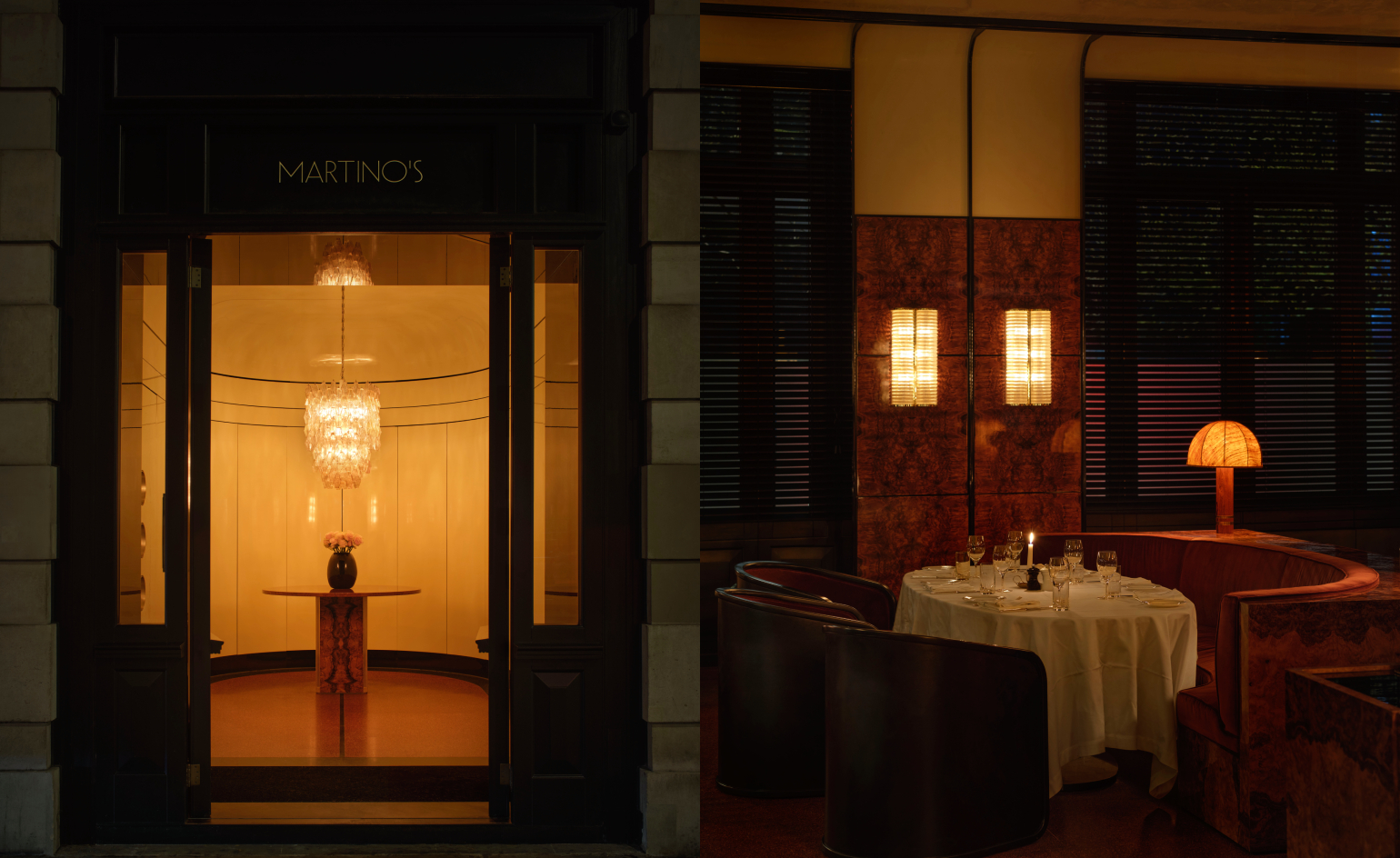 Martin Kuczmarski’s new London restaurant is made for long lunches and late nights
Martin Kuczmarski’s new London restaurant is made for long lunches and late nightsFrom the founder of The Dover comes Martino’s: a softly lit Italian trattoria in Sloane Square, where appetite, atmosphere and romance are inseparable
-
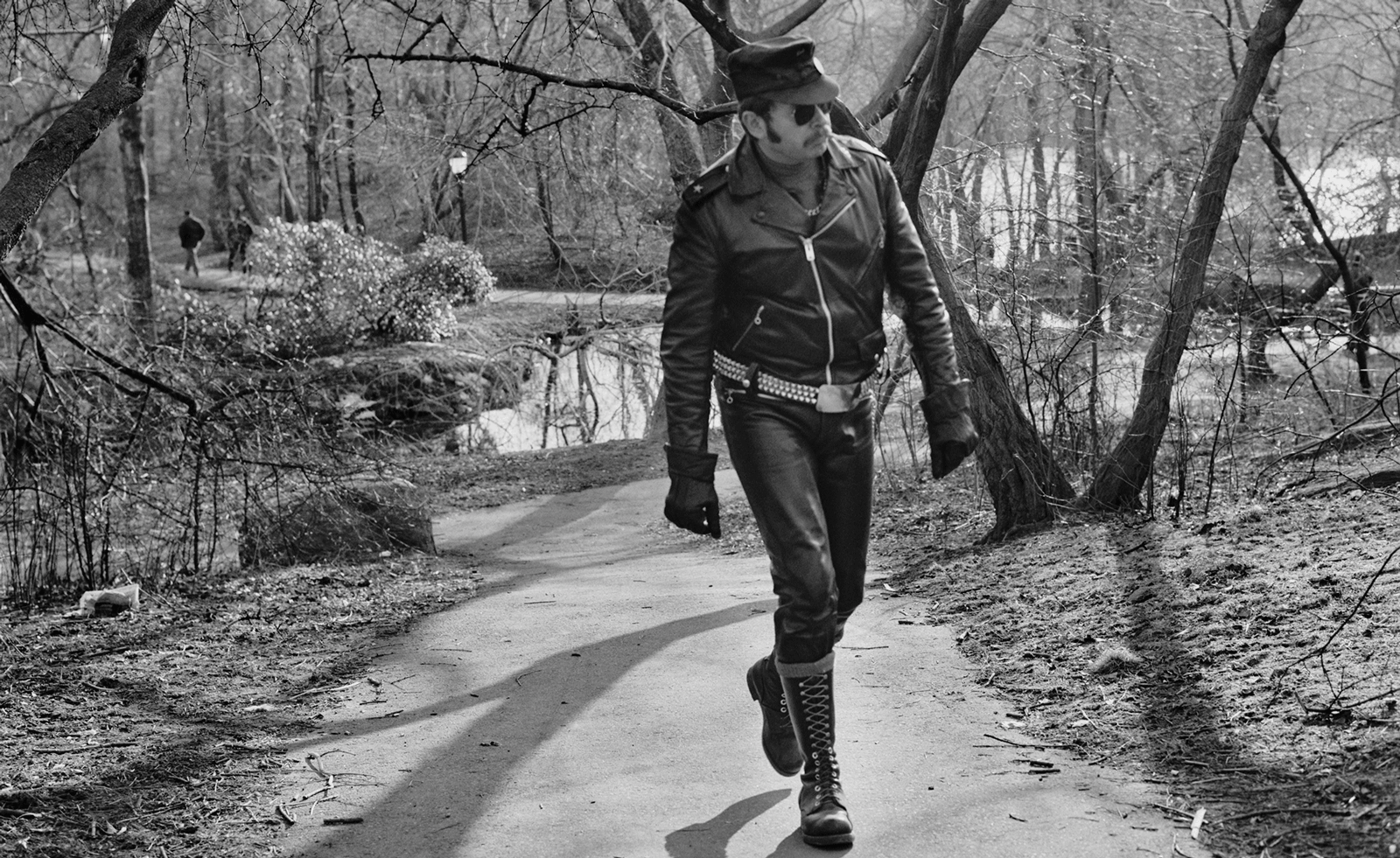 Arthur Tress’ photographs taken in The Ramble are a key part of New York’s queer history
Arthur Tress’ photographs taken in The Ramble are a key part of New York’s queer historyThe images, which captured gay men, like Tress himself, cruising around the Central Park woodland in 1969, are the subject of a new book
-
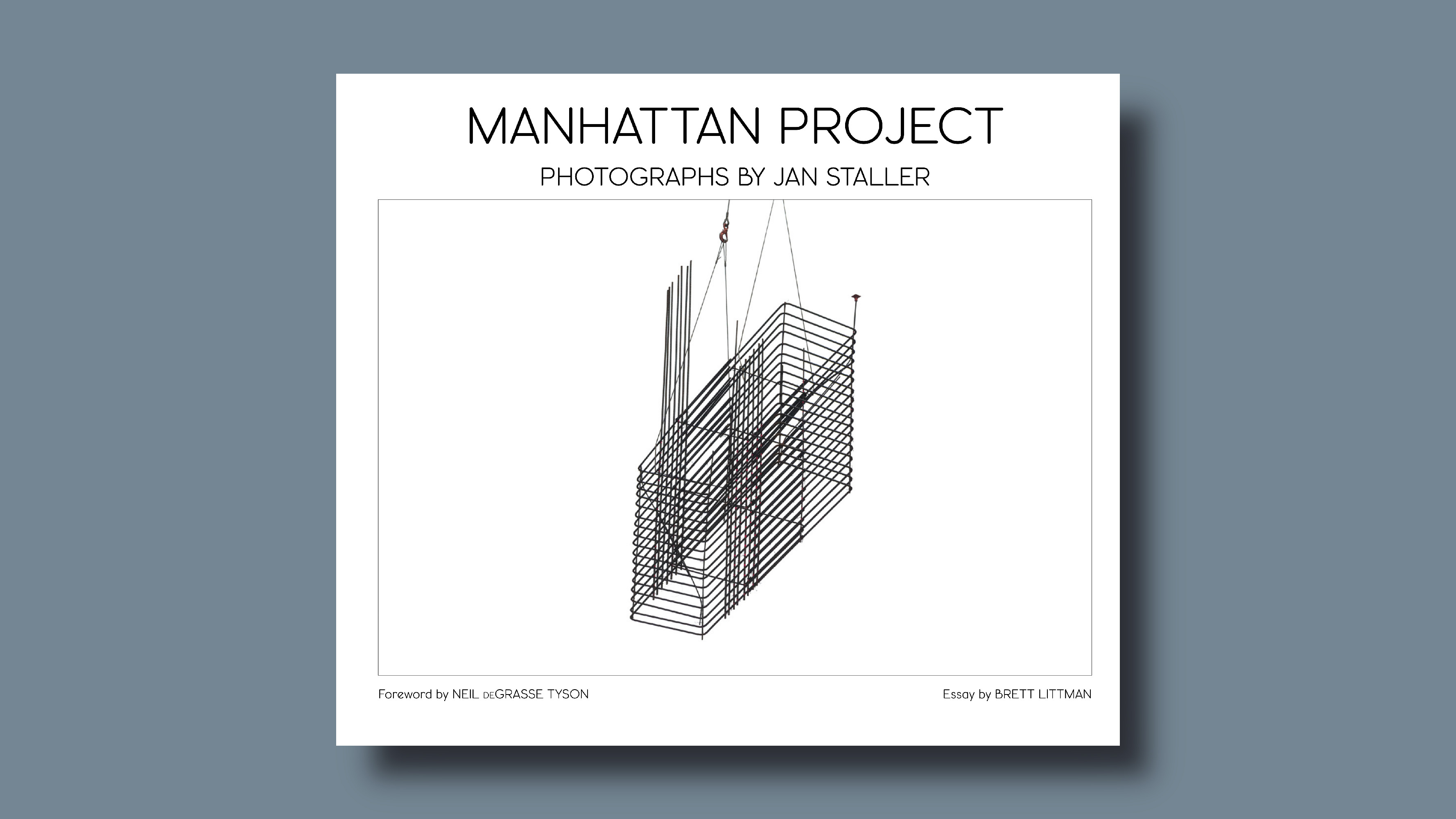 Jan Staller’s Manhattan Project is an abstracted chronicle of a city under construction
Jan Staller’s Manhattan Project is an abstracted chronicle of a city under constructionThe photographer Jan Staller shows another side of New York’s relentless change with this portfolio of dynamic, sculptural images
-
 Out of office: The Wallpaper* editors’ picks of the week
Out of office: The Wallpaper* editors’ picks of the week'Tis the season for eating and drinking, and the Wallpaper* team embraced it wholeheartedly this week. Elsewhere: the best spot in Milan for clothing repairs and outdoor swimming in December
-
 Nadia Lee Cohen distils a distant American memory into an unflinching new photo book
Nadia Lee Cohen distils a distant American memory into an unflinching new photo book‘Holy Ohio’ documents the British photographer and filmmaker’s personal journey as she reconnects with distant family and her earliest American memories
-
 Out of office: The Wallpaper* editors’ picks of the week
Out of office: The Wallpaper* editors’ picks of the weekIt’s been a week of escapism: daydreams of Ghana sparked by lively local projects, glimpses of Tokyo on nostalgic film rolls, and a charming foray into the heart of Christmas as the festive season kicks off in earnest
-
 Ed Ruscha’s foray into chocolate is sweet, smart and very American
Ed Ruscha’s foray into chocolate is sweet, smart and very AmericanArt and chocolate combine deliciously in ‘Made in California’, a project from the artist with andSons Chocolatiers
-
 Inside the work of photographer Seydou Keïta, who captured portraits across West Africa
Inside the work of photographer Seydou Keïta, who captured portraits across West Africa‘Seydou Keïta: A Tactile Lens’, an exhibition at the Brooklyn Museum, New York, celebrates the 20th-century photographer
-
 Out of office: The Wallpaper* editors’ picks of the week
Out of office: The Wallpaper* editors’ picks of the weekFrom sumo wrestling to Singaporean fare, medieval manuscripts to magnetic exhibitions, the Wallpaper* team have traversed the length and breadth of culture in the capital this week